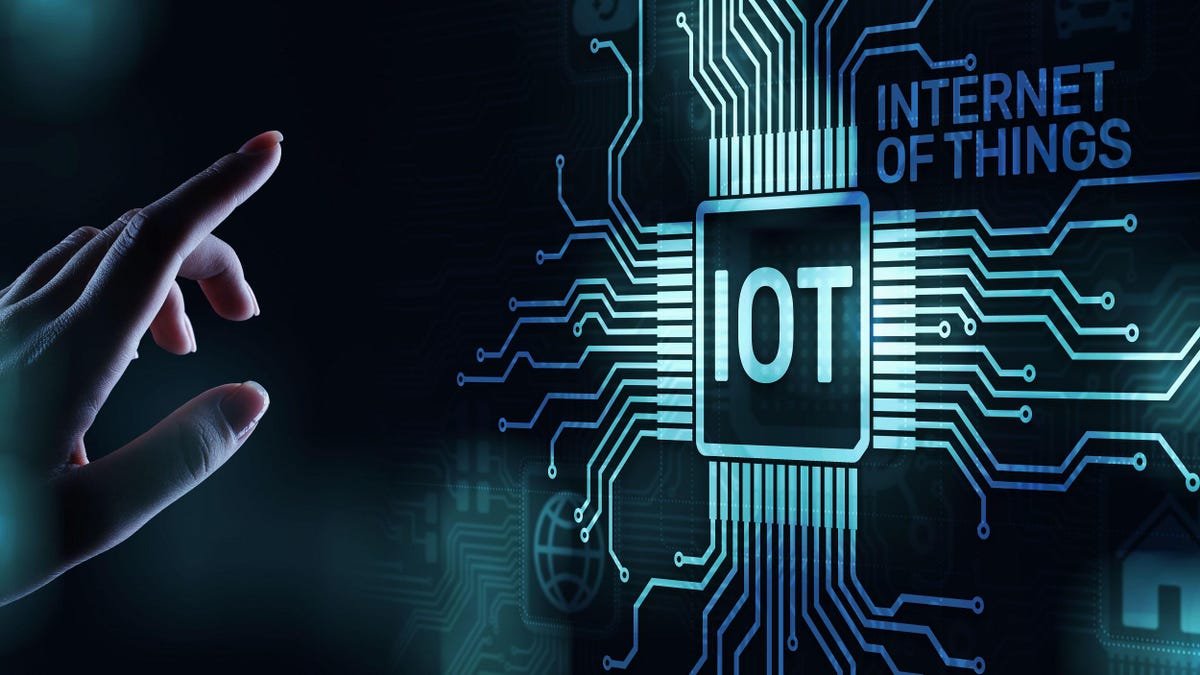Introduction:
One of the most significant impacts of the Internet of Things is the increased efficiency and convenience it provides. Smart homes, for example, use Internet of Things technology to automate many of the tasks that used to require manual intervention. A smart thermostat can adjust the temperature based on a person’s schedule, while a smart lighting system can turn off lights when no one is in the room. Smart appliances, such as refrigerators and washing machines, can also be controlled remotely, allowing users to save time and energy.
The Internet of Things is also transforming the way we work. Many businesses are using IoT devices to monitor and optimize their operations. For example, a factory might use sensors to track the performance of machines and alert maintenance personnel when repairs are needed. An office building might use IoT technology to control lighting and temperature, saving energy and reducing costs.
In addition to improving efficiency, the Internet of Things is also making our lives safer. Smart home security systems use sensors and cameras to detect intruders and alert homeowners or law enforcement. Wearable devices such as fitness trackers and medical monitors can track vital signs and alert medical professionals in case of an emergency.
The IoT is also having a significant impact on the environment. Smart cities, for example, use IoT technology to reduce energy consumption, monitor air quality, and manage traffic flow. By optimizing transportation systems, cities can reduce traffic congestion and improve air quality, leading to a healthier and more sustainable environment.
Despite these benefits, the Internet of Things also presents significant challenges. One of the biggest concerns is privacy and security. With so many devices collecting and sharing data, there is a risk that personal information could be compromised. Hackers could potentially access sensitive data such as credit card information or medical records, leading to identity theft or other malicious activities.
Another challenge is the sheer number of devices that are connected to the internet. As the number of Internet of Things devices grows, so does the amount of data that needs to be processed and analyzed. This requires significant computing power and storage capacity, which can be expensive and difficult to manage.
Finally, the IoT also raises ethical and social issues. As machines become increasingly intelligent and autonomous, there is a risk that they could make decisions that are harmful to humans. For example, a self-driving car might be programmed to prioritize the safety of its passengers over pedestrians, leading to potential conflicts and ethical dilemmas.
The Internet of Things (IoT) is a rapidly growing network of interconnected devices that collect and share data without human intervention. The advantages of IoT are numerous, and they are transforming the way we live, work, and interact with our surroundings. In this article, we will explore some of the key advantages of IoT.
- Increased Efficiency: One of the most significant advantages of IoT is the increased efficiency it provides. Smart devices such as smart thermostats, lighting systems, and appliances can be controlled remotely, allowing users to save time and energy. Industrial applications of IoT technology can also lead to increased efficiency and productivity, as machines can be monitored and optimized in real-time.
- Improved Safety: The Internet of Things is also making our lives safer. Wearable devices such as fitness trackers and medical monitors can track vital signs and alert medical professionals in case of an emergency. Smart home security systems use sensors and cameras to detect intruders and alert homeowners or law enforcement.
- Cost Savings: IoT technology can also lead to cost savings. Smart devices can help reduce energy consumption, leading to lower utility bills. Industrial applications of IoT technology can also lead to cost savings, as machines can be monitored and optimized in real-time, reducing the need for maintenance and repairs.
- Better Customer Experience: The Internet of Things can also lead to a better customer experience. Smart devices can provide personalized recommendations and automate many tasks, leading to a more seamless and convenient experience for users. Retailers can also use IoT technology to track customer behavior and provide personalized recommendations, leading to increased customer satisfaction and loyalty.
- Sustainable Environment: The IoT is having a significant impact on the environment. Smart cities use IoT technology to reduce energy consumption, monitor air quality, and manage traffic flow. By optimizing transportation systems, cities can reduce traffic congestion and improve air quality, leading to a healthier and more sustainable environment.
READ MORE:Microsoft Internet Explorer Will No Longer Be Available Starting February 2023
conclusion:
the Internet of Things is a game-changing technology that is rapidly reshaping our world. By connecting devices and gathering data, the IoT is transforming the way we live, work, and interact with our surroundings. From smart homes and cities to wearable devices and industrial applications, the IoT has the potential to increase efficiency, improve safety, and create a more sustainable environment.
However, as with any new technology, the IoT also presents significant challenges and risks. Privacy and security concerns are a major issue, as are the sheer number of devices that need to be managed and the ethical and social issues that arise as machines become increasingly intelligent and autonomous.
Despite these challenges, the IoT is a technology that cannot be ignored. As it continues to evolve and expand, it is up to us to ensure that it is used in a responsible and safe manner. By working together, we can harness the power of the IoT to create a better, more connected world for all.


